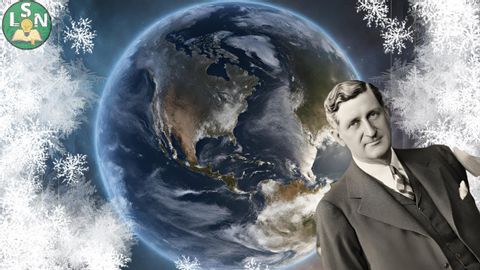每到夏天就要感謝他!發明冷氣造福全世界的「辣個男人」! (The Man Who Cooled the World | Willis Carrier's Air Conditioner)
VoiceTube 發佈於 2024 年 07 月 11 日  沒有此條件下的單字
沒有此條件下的單字US /ɛnˈtaɪr/
・
UK /ɪn'taɪə(r)/
- adj.全體的 ; 完全的;未分割的;全緣的 (植物學)
US /ɪk'strimlɪ/
・
UK /ɪkˈstri:mli/
- adv.極端地 ; 非常地;非常;從極端的角度來看
US /ˈenʃənt/
・
UK /'eɪnʃənt/
US /ˈriəˌlaɪz/
・
UK /'ri:əlaɪz/
